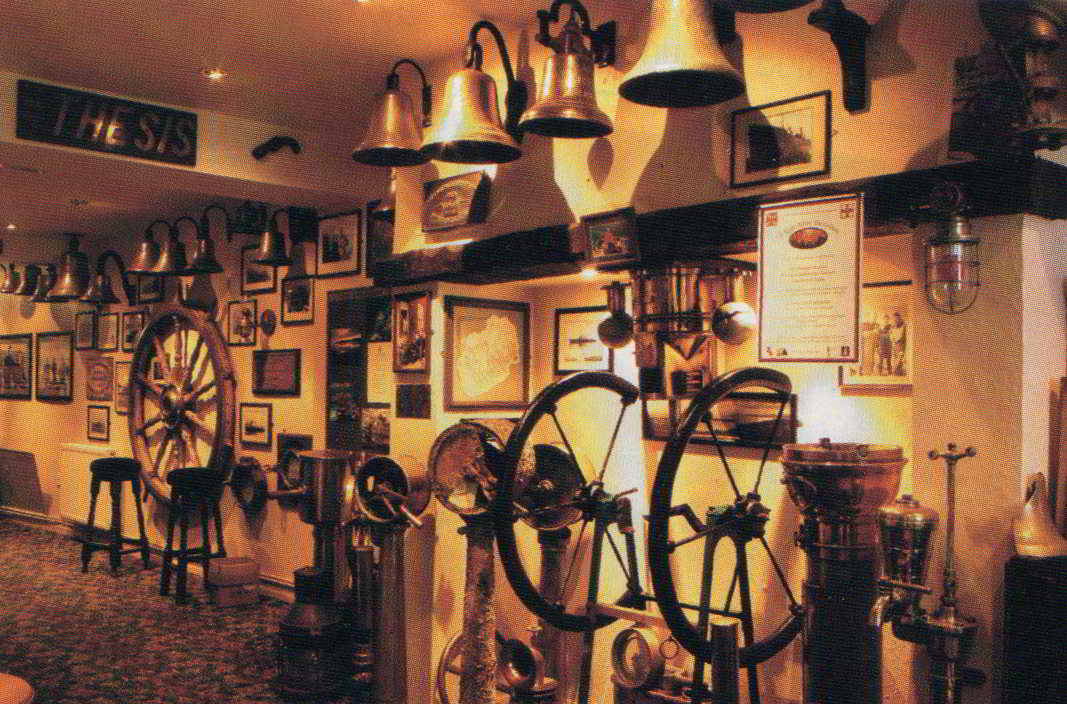
Andrew Jackson
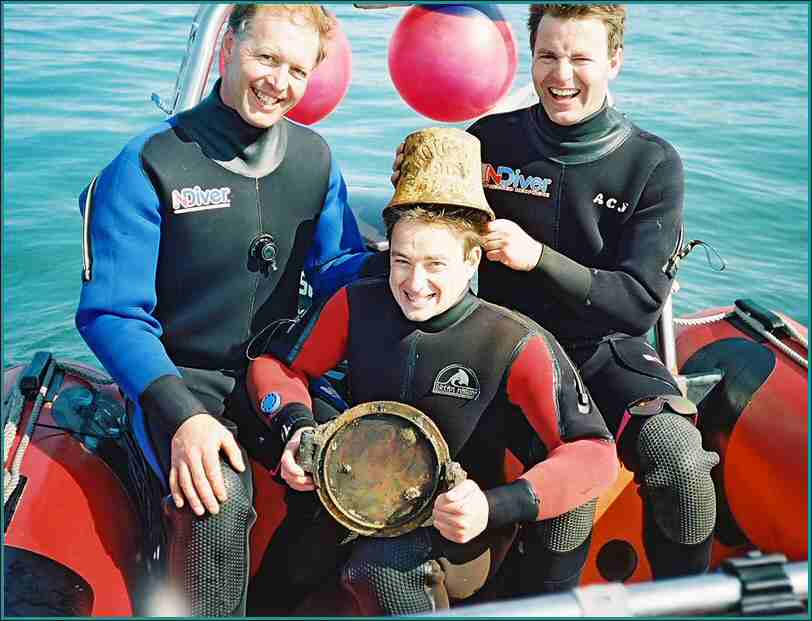
Andrew Jackson was the other half of the SubseaTV partnership who along with Carl Racey made a diving team who redefined diving off the Yorkshire coast. Together with a small team of dedicated divers they were responsible for researching, locating and identifying the majority of deep wrecks which scatter the Yorkshire coast. Carl and Andrew set themselves a challenge which they excelled at. Carl Racey, Andrew Jackson (holding the bell) and Mick Mullane happy with salvaged items.
Andrew enjoys his diving with a passion, whether diving from his own RIB, or with Scarborough Sub Aqua Club. Andrew's endeavours have changed, to a point where he is more involved in filming his dives. The following is a reproduction of a feature that first appeared in the Yorkshire Riding magazine surrounding Andrew's exploits. I have been allowed permission to reproduce here, it allows me to present a more detailed look at Andrew's enthusiasm for deep diving and underwater filming.
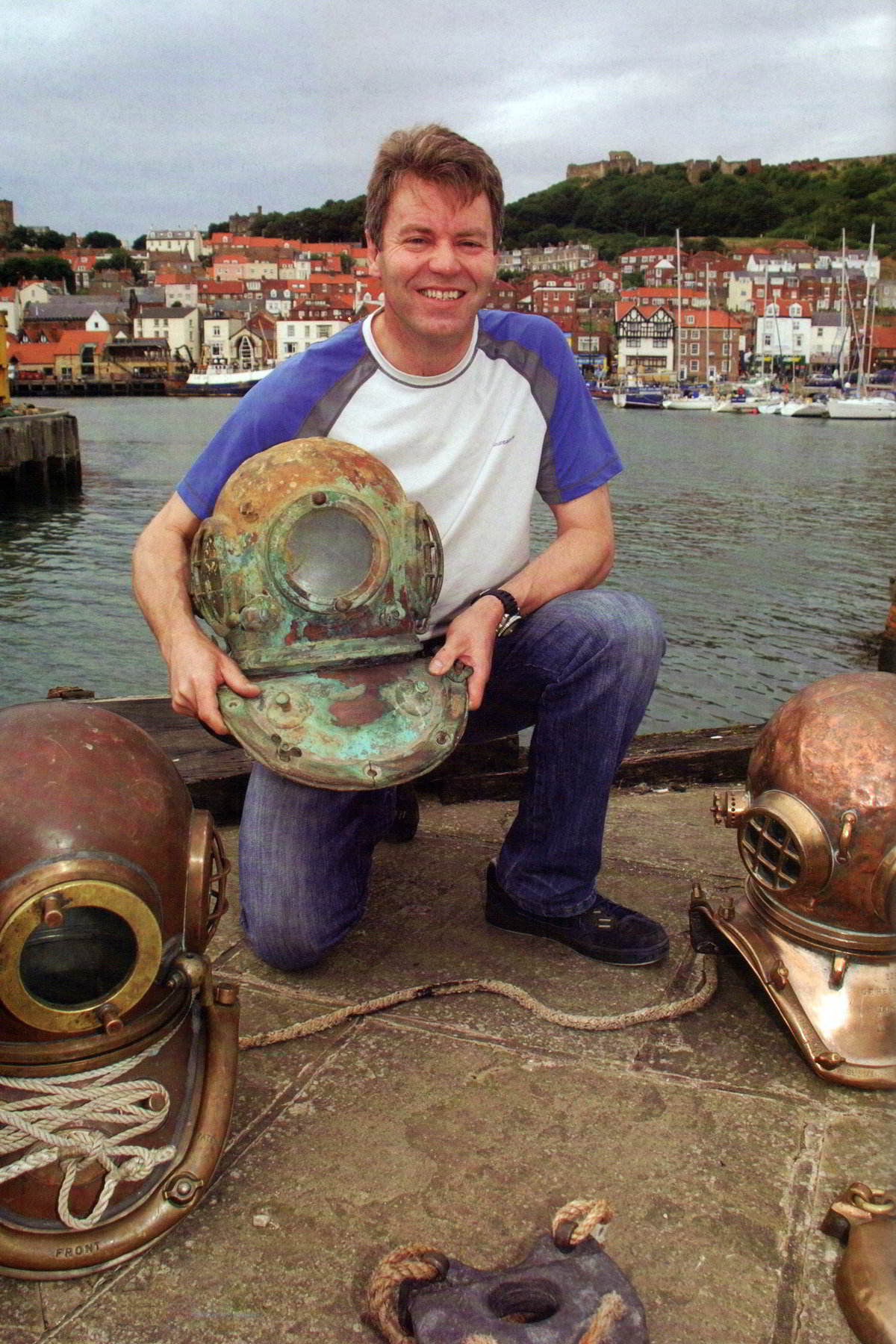
Andy's Underwater Mission
Roy Hampson meets the diver with tales of shipwrecks, stirring rescues and precious items recovered from the sea.
The sea of the Yorkshire coast was once just as busy as the motorways that span our county, according to Andrew Jackson, a member of the British Sub Aqua Club based at Scarborough. Steamers and wooden sailing ships transported coal, timber and all manner of goods from Hull up to Newcastle and Scotland, or down to London. Many voyages would end in disaster especially off the hostile Yorkshire coast. Bad weather, overloaded ships, German U boats and sea mines during the First World War were among the hazards.
Andy, who has been diving for 20 years, told me the area near Whitby and Scarborough is a rich hunting ground for divers looking for shipwrecks. Along with his fellow club members, his aim is to identify the exact locations of the vessels. The diving club provides valuable information for cartographers who keep up to date charts of the hidden undersea world.
Andy's team are skilled in recovering valuable artifacts, such as brass ships bells, lanterns and pottery, which go towards identifying the sunken ships. 'It's not Spanish gold or pirates' treasure,' Andy said, although he has recovered a bottle of gold dust! 'Nevertheless, the objects are important because they are a direct link with the past allowing us to bring history off the page. People can now touch items from a few of the forgotten tragedies at sea.'
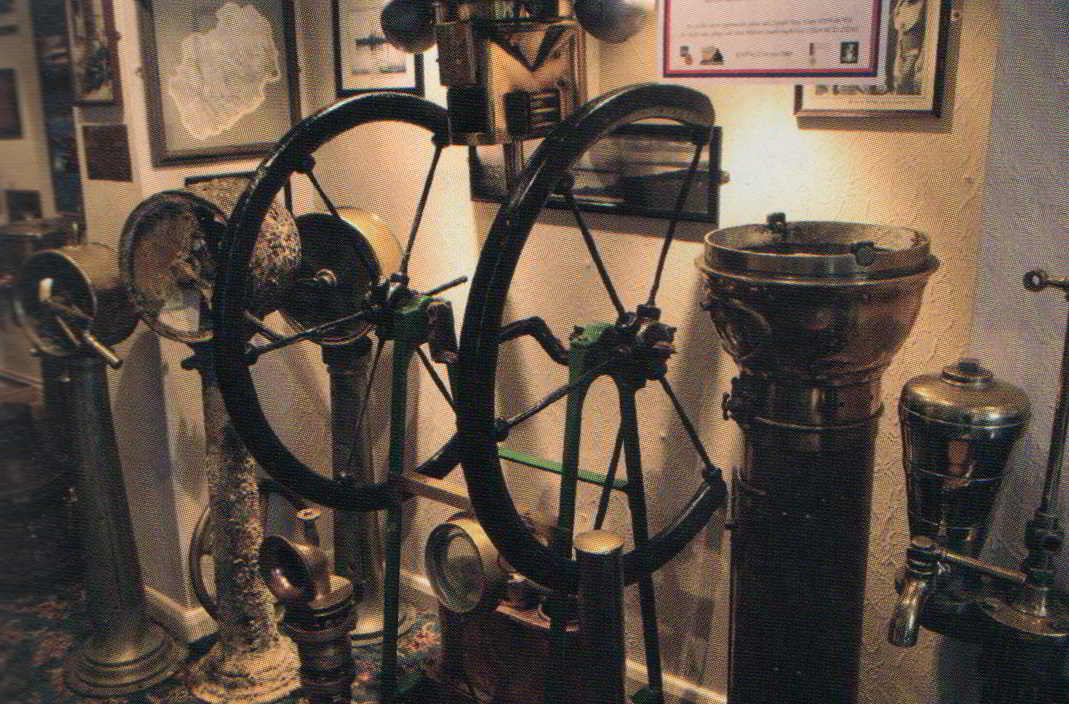
Currently the divers are exploring 14 trawlers in deep water off Whitby, sunk by one single German U boat, amazingly without loss of life. Luckily they are all close together and three have so far been identified through recovering the trawlers' bells.
Andy said the team's most fascinating diving adventure began 15 years ago, the search for a ship called the 'Disperser'.
She sank as a salvage vessel near Saltburn in a gale on a bitterly cold night on February 7th 1934. The Runswick Bay lifeboat was launched led by its coxswain Robert Patton. The 'Disperser' crew were saved in a dramatic rescue, but one man, the ship's cook called Fallon was stranded on board. Patton knew the ship could sink at any moment and during an attempt to rescue him, he was crushed between the heaving ship's hull and that of the lifeboat, as they banged together. Patton, although suffering from severe internal injuries, clung to life. It's said that the sea gives up its dead nine days later and Patton died in hospital exactly nine days after that fateful night.
The 'Disperser' had always been of interest to divers, as she was rumoured to have 12 copper diving helmets on board. So why hadn't anyone found the wreck? After all, the events of that night were well documented in the press and lifeboat records dictated a precise search area. The following video is a snapshot of the dive giving some idea of the conditions facing north east divers.
The break eventually came when the team was doing other research in Hartlepool library and stumbled across an obscure, previously overlooked newspaper report. It stated the 'Disperser' had floated a further four hours before sinking, thus contradicting the original lifeboat records. So it occurred to the divers that the wreckage would be several miles south east of where everyone thought it would be and a new search area was plotted. The hunt began in the scorching summer of 1995 during a heat wave and hosepipe ban. The following year the 'Disperser' was discovered at last. However, it wasn't until 2001 that the silt level had dropped sufficiently enough for the ship to reveal some of its secrets.
The ship's captain was George Frater and Andy managed to track down his descendants who told him there was at least one diving helmet on board when she sank belonging to the captain. The team was 'dogged' by problems as preparations were made for a dive to actually recover the helmet.
Andy added: 'If I was superstitious I'd say the whole operation was cursed and something didn't want us find it. The echo sounder failed, followed by major trouble with our boat's gearbox.' Nevertheless after 70 years, the team eventually brought George Prater's diving helmet to the surface. 'The colours were amazing, the copper had rusted to a beautiful green hue, after been buried in silt for so long,' Andy said.
Robert Patton had once been hailed as a national hero, but the memory of what he'd done had faded. Thanks to the recovery of the helmet and other artifacts from the 'Disperser' the story of his heroic deed can be now told to future generations and his memory will live on.
BBC Look North
Andrew has turned a hobby into something that has earned him considerable notoriety. He and his former dive partner Carl Racey, were featured on the Inside Out program in relation to their U - boat exploits. Later though Andrew was interviewed for the BBC Look North who described Andrew as "one of the Uk's leading deep sea divers". In an interview Andrew describes the wealth of ships bells and artifacts he and his partners have recovered, which amounted to no less than 40. The video below is the BBC interview.
A maritime museum
Andrew would love to open a museum somewhere like Robin Hood's Bay and make all his undersea finds available for public viewing, linking the fascinating tales that go with them. Normally his finds are kept in deep storage, but exclusively for readers of Yorkshire ridings, he staged a special display in the Scarborough club room, along with more discoveries by other members. The collection included an Edwardian luxury toilet, a periscope from a German U boat, that diving helmet and the bottle of gold dust.
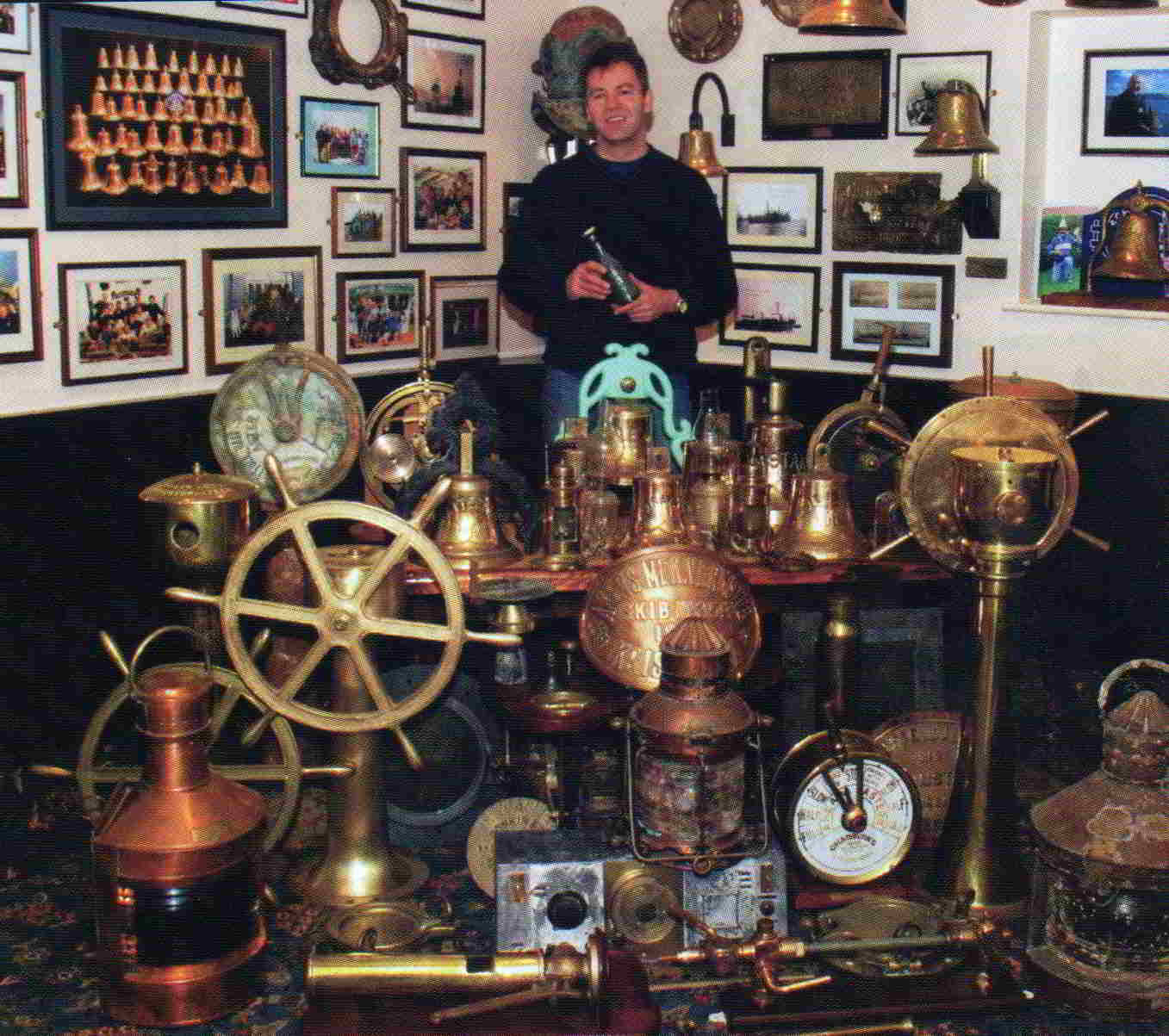
The gold dust? It wasn't much of a dive for Andy the day he found it. The waters were murky as he investigated a sunken Scandinavian vessel off the coast of Whitby. The unsuccessful dive itself was coming to an end when he spotted the unusual bottle with a porcelain stopper, although he thought nothing of it as he popped in his bag.
Back on shore he joked to his mates: I’ll go and look at my treasure now.' He discovered the bottle was full of gold filings, which more than likely originated from a jeweller's workshop. It's a bit of a mystery. Perhaps a sailor's nest egg hidden under his bunk bed?
During a Sea-Fest
“first” there was a display of hard hat or 'standard dress' diving,
in Scarborough Harbour. The display was run by the Historical Diving
Society www.thehds.com in
conjunction with Scarborough Sub-Aqua Club www.scarboroughsubaquaclub.net.
Scarborough Club has a particular interest in historical
equipment as on display in the clubhouse is a Siebe-Gorman divers helmet
and compressor, both salvaged from the wreck of the Disperser, after
nine years of research and diving.
During the weekend, Andy Jackson, who recovered the helmet, returned the helmet to the sea by diving with the helmet. The helmet is approximately 120 years old , it would have been in use for sixty years when the vessel sank and then was not recovered for a further sixty years. See video footage of recovery on www.subseatv.com. It has been carefully retained in the 'as found' condition and is testament to the quality of Siebe-Gorman equipment that Andy dived with it.
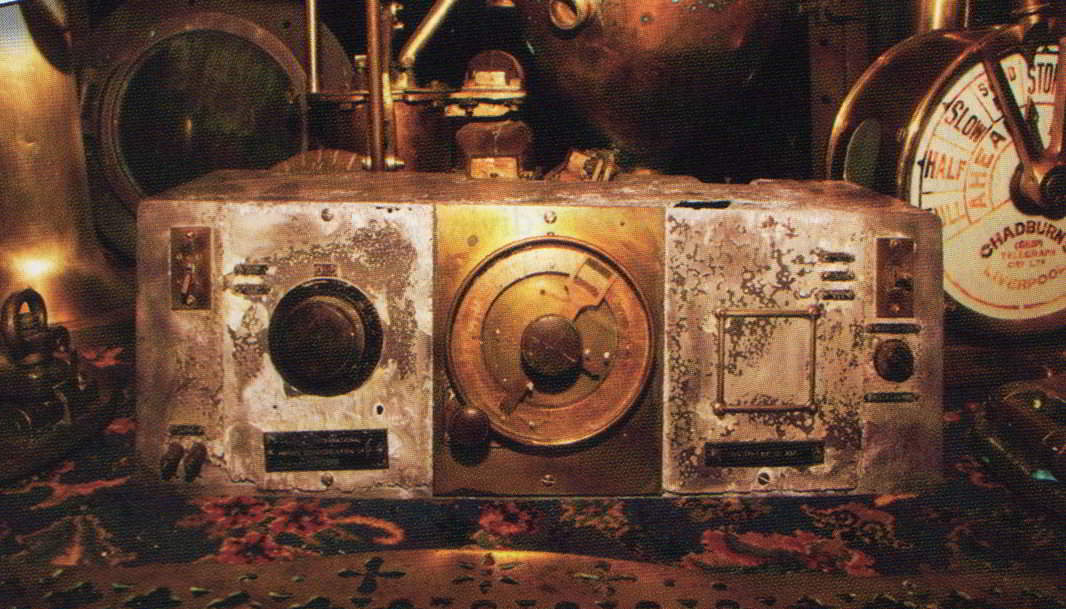 |
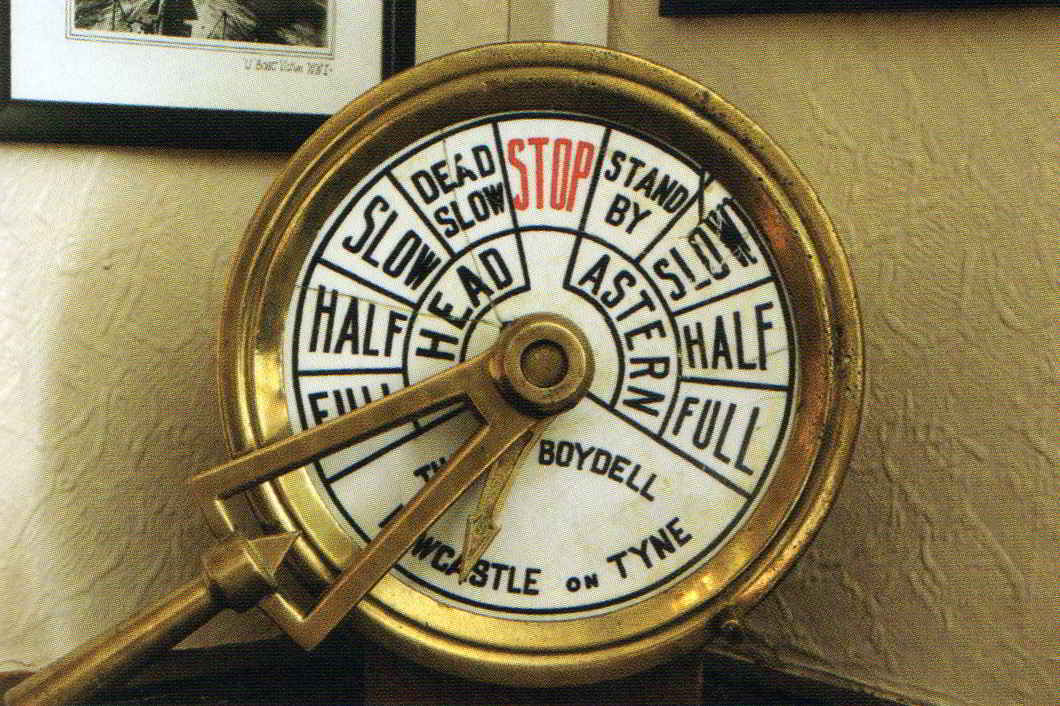 |
A second world war radio in good condition. |
The top of a ships telegraph. |
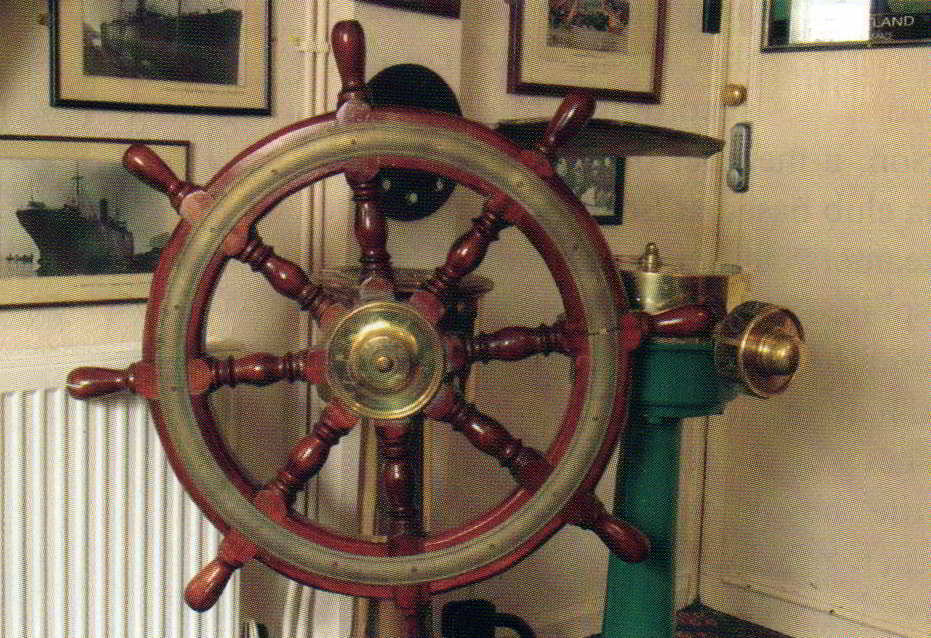 |
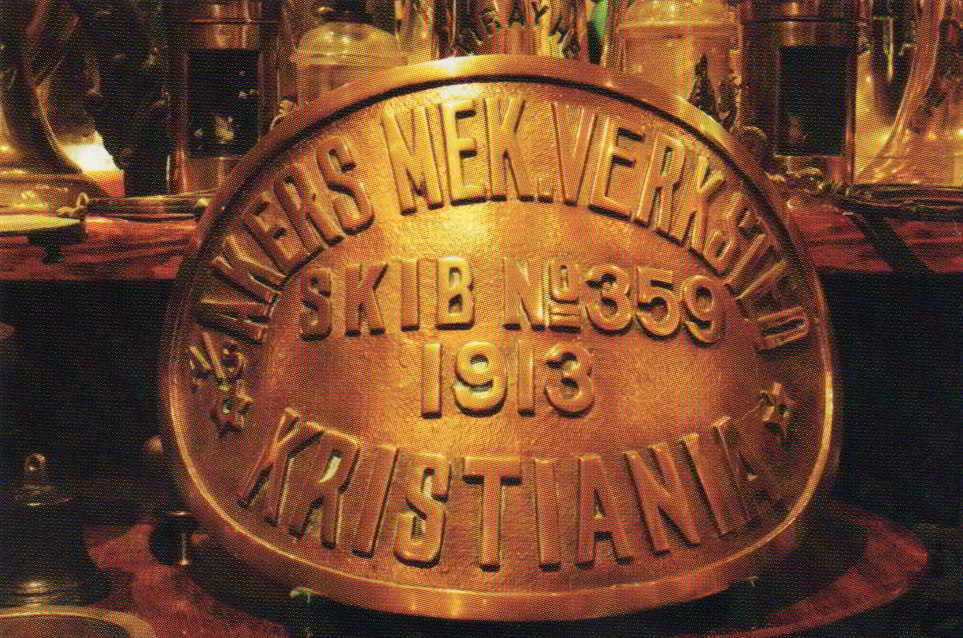 |
An impressive ships wheel and pedestal. |
A brass plate from a ships funnel. |
One wall inside the Scarborough club house. |
|
Sadly Andrew passed away leaving behind a huge legacy together with his dive partner Carl Racey they opened up a new era in wreck diving.
© Colin Brittain 1999 - 2022
